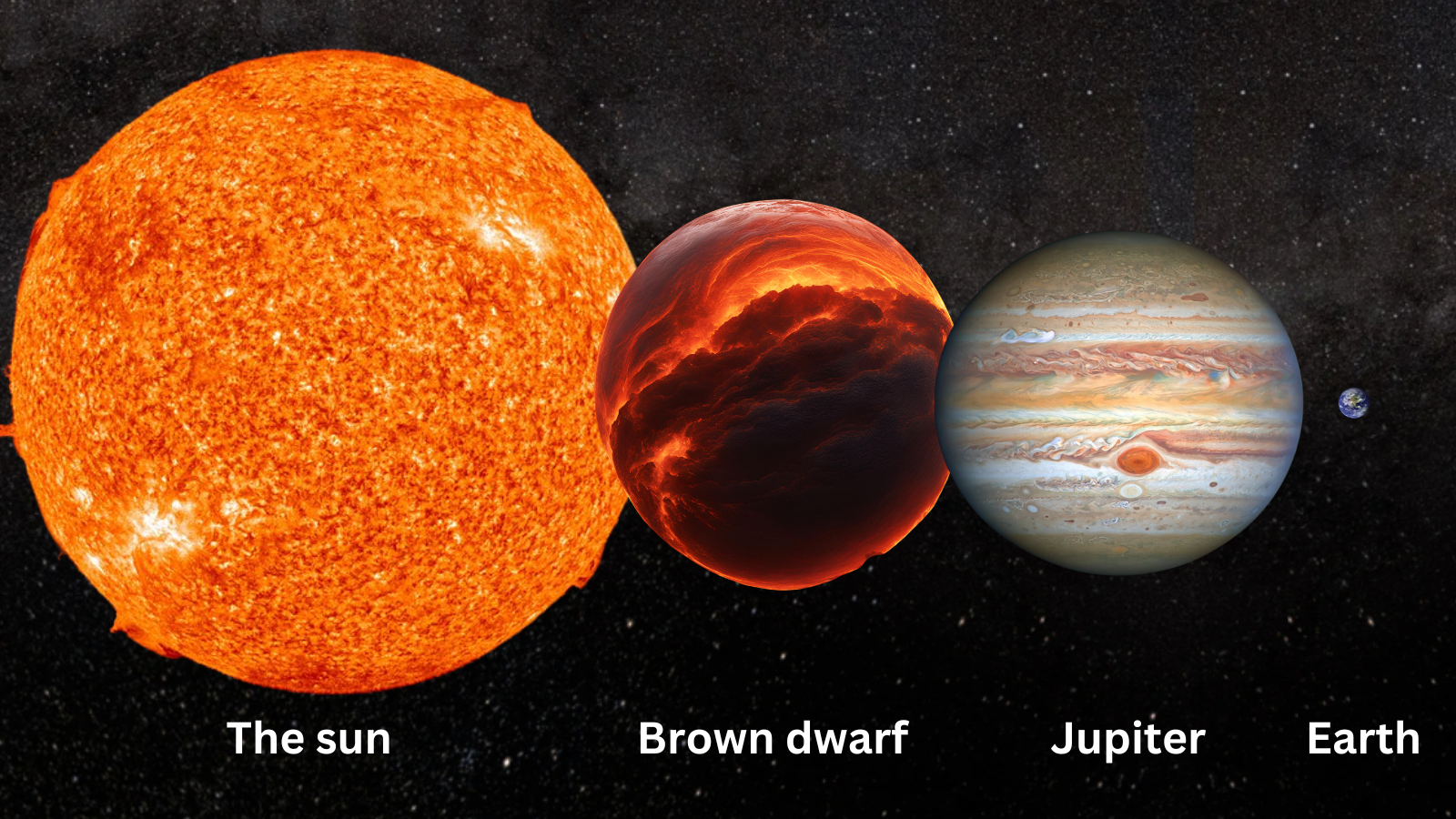An unusual Milky Way planet has been discovered by researchers circling beneath and above the poles of two dying stars. Flattened, rotating disks of gas and dust give rise to star systems, with elements accumulating along the disk’s plane to create planets, moons, and asteroids around a young star. Only sixteen exoplanets have ever been confirmed to orbit a binary pair; none of those planets orbited over the poles, but rather in the plane of the orbits of the stars. This discovery is quite intriguing due of the secretive nature of these planets.
Before discovering this strange planet, scientists were aware of the two objects it orbits. In 2018, the do-si-doing pair was first discovered to be brown dwarfs, failed stars with insufficient mass to ignite, using the SPECULOOS Southern Observatory in Chile. Once they used the Very Large Telescope at the Paranal Observatory in Chile to zoom in on the binary pair, the system started to appear more bizarre.
Scientists Find First Polar Planet in Bizarre Double-Brown-Dwarf System
According to the story, scientists have found the strangest planetary system, which includes the first-ever “polar planet” and a planet orbiting two stars. Exoplanet 2M1510 (AB)’s parent stellar bodies are brown dwarfs, sometimes known as “failed stars,” which are stellar bodies that are unable to build up enough mass to start the fusion of hydrogen to helium in their cores. This discovery is the first tangible evidence of such a fully established system.
A stellar body referred to as a “failed star” is exoplanet 2 M1510 (AB) b because it is unable to accumulate enough matter to attain the mass required to initiate the fusion of hydrogen to helium in its core. Given that stellar bodies are more likely to have a binary partner as their mass grows, a double-brown-dwarf star system is somewhat unexpected.
Rare Eclipsing Brown Dwarf Pair Hosts First Known Polar-Orbit Planet
Since one of the brown dwarfs eclipses the other from Earth’s perspective, this is just the second pair of eclipsing brown dwarfs ever found. “A planet orbiting not just a binary, but a binary brown dwarf, as well as being on a polar orbit, is rather incredible and exciting,” stated Amaury Triaud, a member of the University of Birmingham team.
Since the observations were not directed at such a planet or orbital arrangement, the finding was accidental. Usually, this insight aids in understanding what makes sense on the fascinating planet where we dwell.















